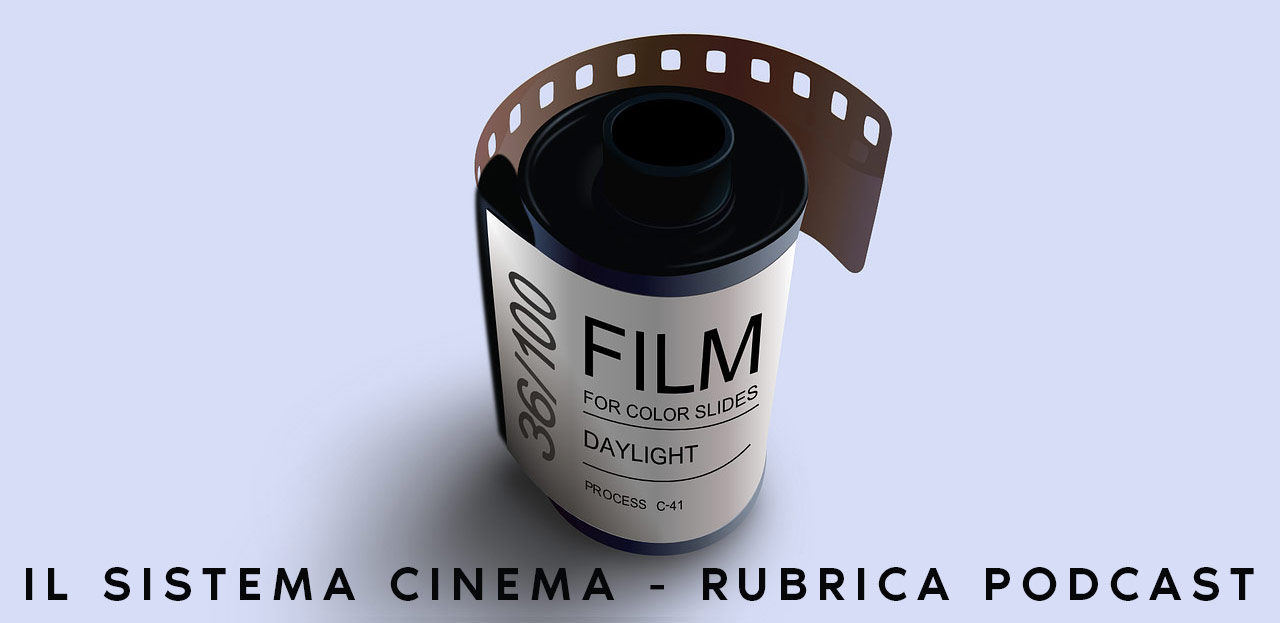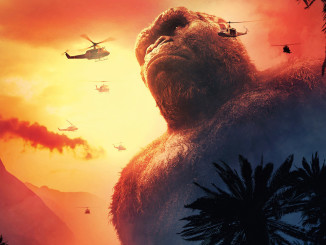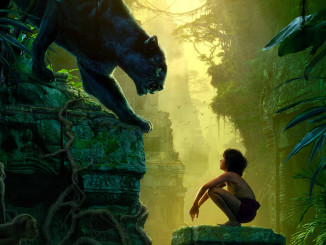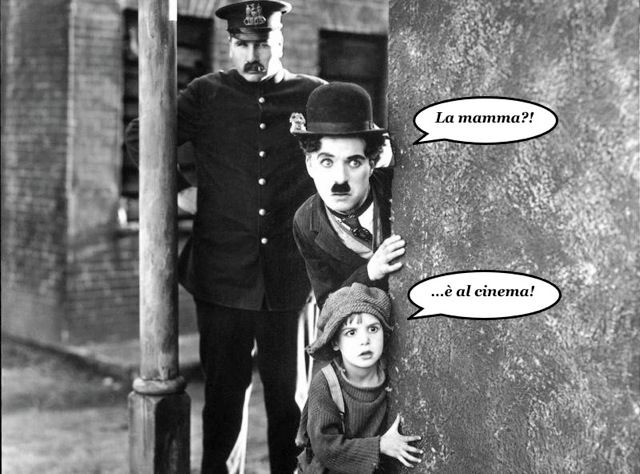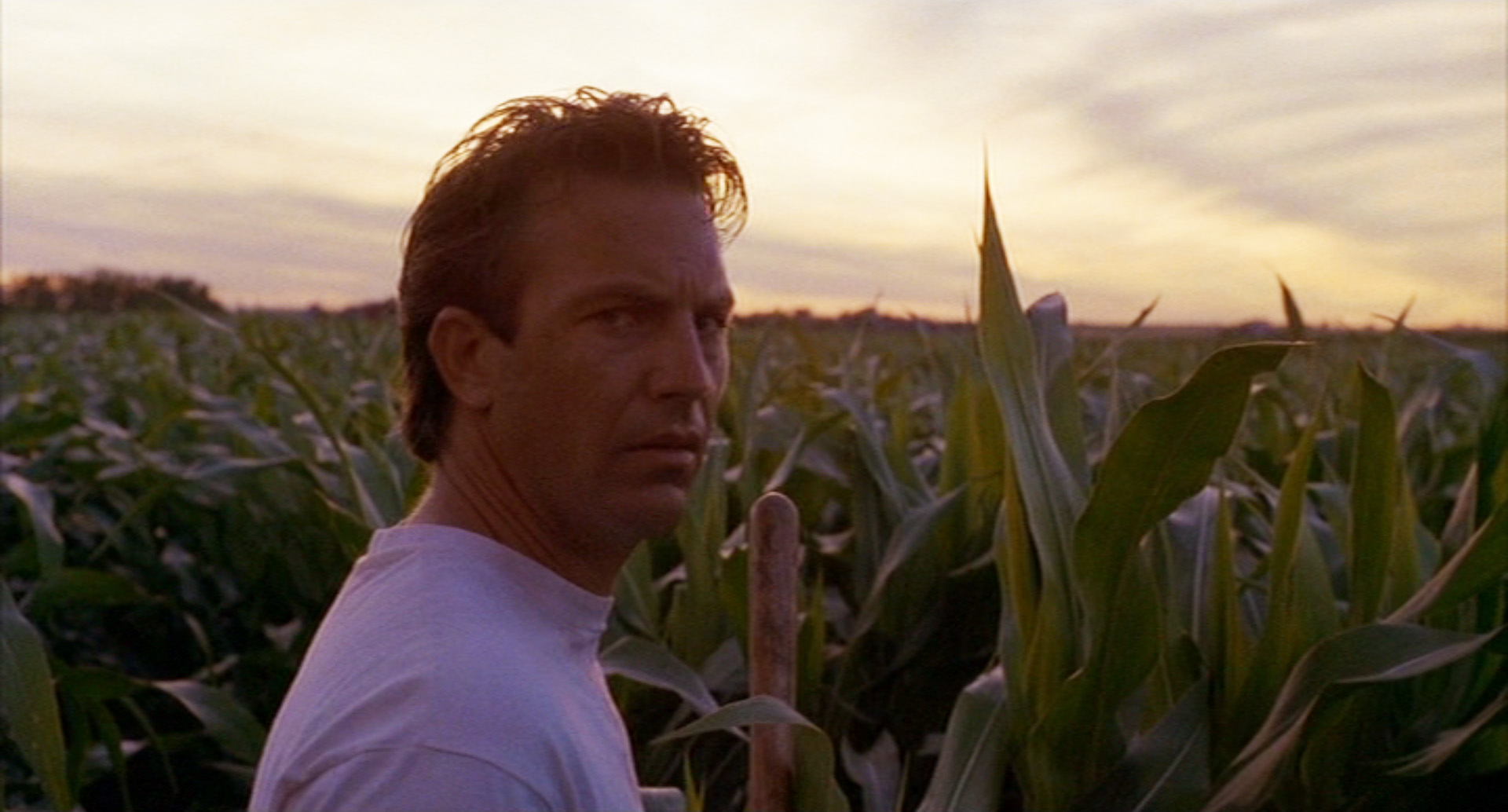
KEVIN COSTNER’S MOVIE SHOWED AT THE USC UNIVERSITY
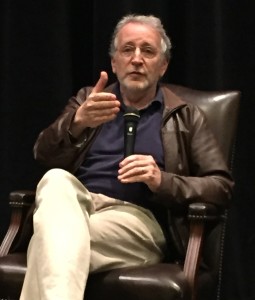 In the nineties there was no bigger star than Kevin Costner. One of the movies that cemented his popularity and success at the box office was the fantasy drama Field of Dreams. On the 26th anniversary of the theatre release of the movie, director Phil Alden Robinson came to speak to the students of University of Southern California about the production and told many of the stories behind this true gem that still resonates with audiences. It all started with W. P. Kinsella’s novel Shoeless Joe, which was given to the director by Lindsay Doran, who at the time had just become president of United Artists. “She says, it’s about a farmer and he hears a voice. I told her, this is so not me, I’m not new age at all. It felt like homework, I was cranky.
In the nineties there was no bigger star than Kevin Costner. One of the movies that cemented his popularity and success at the box office was the fantasy drama Field of Dreams. On the 26th anniversary of the theatre release of the movie, director Phil Alden Robinson came to speak to the students of University of Southern California about the production and told many of the stories behind this true gem that still resonates with audiences. It all started with W. P. Kinsella’s novel Shoeless Joe, which was given to the director by Lindsay Doran, who at the time had just become president of United Artists. “She says, it’s about a farmer and he hears a voice. I told her, this is so not me, I’m not new age at all. It felt like homework, I was cranky.
I started to read it and I couldn’t put it down.” In the book the main focus was the encounter of the protagonist with J.D. Salinger, one of the author’s heroes. Many executives deemed the novel impossible to be made into a film. After a first draft which was basically a copy and paste of the book, Robinson found the key to a great screenplay. “Here’s the big change. In the first chapter Joe Shoeless shows up and Ray asks, my father used to play ball, can he come and play with you guys? Two thirds in the book the father shows up. There was no surprise. I made it a surprise by moving it at the end. I wrote the screenplay at Fox and there was an executive that kept saying, the ending with the father is so emotional, but there is only two minutes of father and son, how about instead of kidnapping Terence Mann, he kidnaps the father. Of course that would have meant for the father to be alive. We would have lost the ending. We fought over this for long time. Other executives wanted things explained. I don’t know where the voice comes from, I don’t know why Ray is chosen, I don’t why the magic happens. Any explanation wouldn’t be near as good as not knowing.” Today it’s impossible to imagine anybody other than Costner in the role of Ray, but he wasn’t a sure thing when casting started.
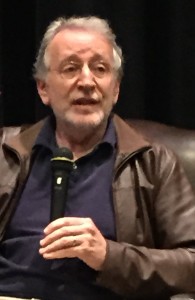 “We never had him on the list because he had just done Bull Durham and in those days doing a baseball movie was nearly a suicide, career wise. There was not a chance in hell he will do two. An executive ran into him at a restaurant and he slipped the script to him. Few days later we got the call that Kevin wanted to do it. We said, if he is that crazy, he’s perfect for Ray.” His performance is reminiscent of the great Jimmy Stewart; funny enough Stewart was the first choice of the director for the role of Graham, which ended up going to Burt Lancaster, “We sent it to him and he passed. I found out later he didn’t want to play a character that dies. I loved the idea of a movie star, who was the equivalent of Costner in his time, to play opposite him.” During principal photography Robinson often felt he was not achieving what he had in mind, he doubted himself until the movie finally came out and was a hit with both the public and the critics. The movie tested several times before getting into his final version. During the shoot and for the initial screenings it kept the same title as the book, then Universal pressed for changing it. “They said, we can’t call it Shoeless Joe. First of all Kevin doesn’t play Shoeless Joe, people would think Costner is a hobo. They compiled a lengthy list of titles, like Dad’s second chance. I said, great, let’s give away the surprise ending. Finally they came up with Field of dreams. I wasn’t so sure because I liked the original title; so I called the author of the book and I couldn’t even say it. He told me that wasn’t even his title; that was the publisher’s title. So I asked him what was his title, and he said Dream Field.”
“We never had him on the list because he had just done Bull Durham and in those days doing a baseball movie was nearly a suicide, career wise. There was not a chance in hell he will do two. An executive ran into him at a restaurant and he slipped the script to him. Few days later we got the call that Kevin wanted to do it. We said, if he is that crazy, he’s perfect for Ray.” His performance is reminiscent of the great Jimmy Stewart; funny enough Stewart was the first choice of the director for the role of Graham, which ended up going to Burt Lancaster, “We sent it to him and he passed. I found out later he didn’t want to play a character that dies. I loved the idea of a movie star, who was the equivalent of Costner in his time, to play opposite him.” During principal photography Robinson often felt he was not achieving what he had in mind, he doubted himself until the movie finally came out and was a hit with both the public and the critics. The movie tested several times before getting into his final version. During the shoot and for the initial screenings it kept the same title as the book, then Universal pressed for changing it. “They said, we can’t call it Shoeless Joe. First of all Kevin doesn’t play Shoeless Joe, people would think Costner is a hobo. They compiled a lengthy list of titles, like Dad’s second chance. I said, great, let’s give away the surprise ending. Finally they came up with Field of dreams. I wasn’t so sure because I liked the original title; so I called the author of the book and I couldn’t even say it. He told me that wasn’t even his title; that was the publisher’s title. So I asked him what was his title, and he said Dream Field.”
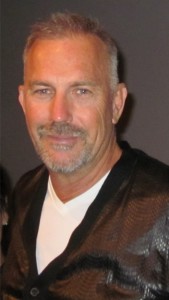 Many may remember the last scene with all the cars lining up to visit the field; when the movie was shot CGI wasn’t so largely used so the effect had to be reached some other way. “It was really 1500 cars. Iowa Film Commission came to Los Angeles to convince us to shoot in Iowa. I always wanted to shoot there but we had other options, Illinois, Nebraska. They wanted to know what they could do different from others to convince us. I explained my idea of the last shot with cars as far as you can see. And they agreed. The day of the shoot we had time for three shots. The first one was too bright. The second shot the light was just perfect, but because we had already done one shot, the cars had become closer to each other, they were not moving that much. There was time for one more so I said to the cameramen, tell the people to alternate their low and high beams, so it looks like they are moving. The twinkling is not them passing by, they are in fact stopped. When we watched the dailies two nights later first shot was too bright, second one the light was perfect but we find out the cameraman assistant instead of opening the iris he closed it and we all held our breath for two and half minutes praying that in the third take he did it right. The longest two and half minutes you can imagine. Third take was good, thank God. No way we could have pulled that off again.” After the movie came out the actual field quickly became a tourist destination, which caused several problems to the owners. In fact the field is on two families land, “We worked a deal with both of them.
Many may remember the last scene with all the cars lining up to visit the field; when the movie was shot CGI wasn’t so largely used so the effect had to be reached some other way. “It was really 1500 cars. Iowa Film Commission came to Los Angeles to convince us to shoot in Iowa. I always wanted to shoot there but we had other options, Illinois, Nebraska. They wanted to know what they could do different from others to convince us. I explained my idea of the last shot with cars as far as you can see. And they agreed. The day of the shoot we had time for three shots. The first one was too bright. The second shot the light was just perfect, but because we had already done one shot, the cars had become closer to each other, they were not moving that much. There was time for one more so I said to the cameramen, tell the people to alternate their low and high beams, so it looks like they are moving. The twinkling is not them passing by, they are in fact stopped. When we watched the dailies two nights later first shot was too bright, second one the light was perfect but we find out the cameraman assistant instead of opening the iris he closed it and we all held our breath for two and half minutes praying that in the third take he did it right. The longest two and half minutes you can imagine. Third take was good, thank God. No way we could have pulled that off again.” After the movie came out the actual field quickly became a tourist destination, which caused several problems to the owners. In fact the field is on two families land, “We worked a deal with both of them.
The first summer one of the families, who owns the house, kept their part of the field; the other one who was a farmer planted the corn. The tourists complained. How dare you planted in the field of dreams! Second summer, he said, fine let it be a baseball field. They get about 50000 visitors at summer, but because of that those two families, who were friends for generations, were now involved in such bitter fights and lawsuits. Here it is, Hollywood comes in and ruins lives.” The magic of the film is still intact, there is humor, mystery and emotion which is both inspiring and causes people to leave the theatre with tears in their eyes. When Robinson asked the author of the novel what inspired him the answer was, “I wanted to write a book about what would it be like if the world was perfect.”
Michael Traversa

